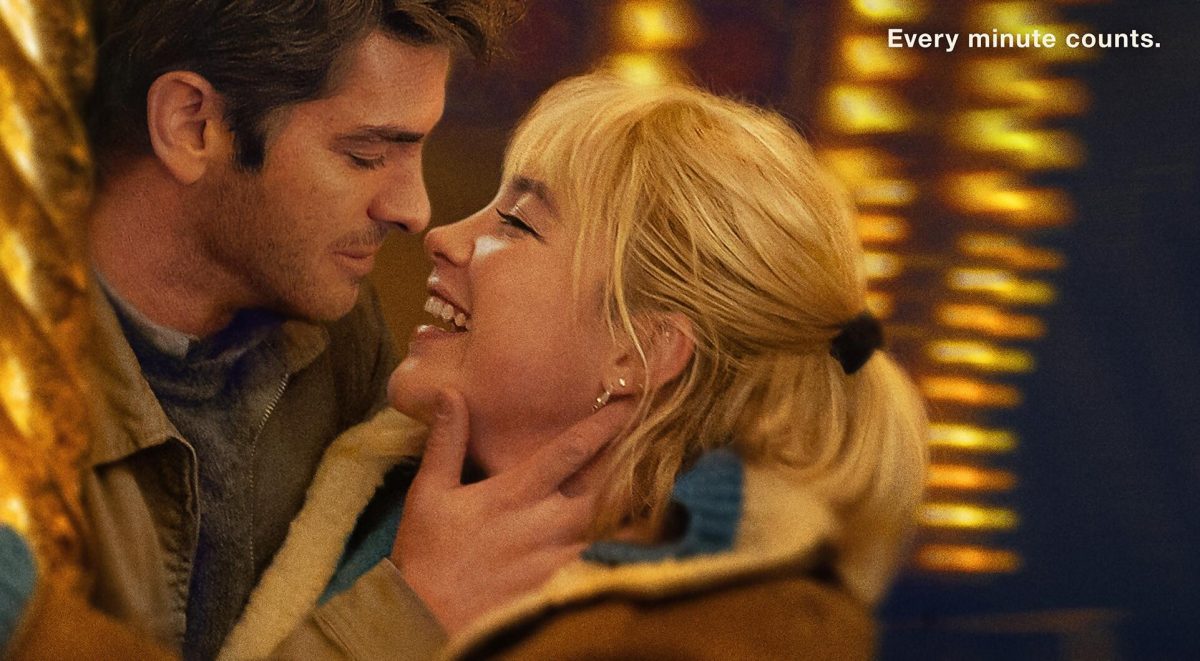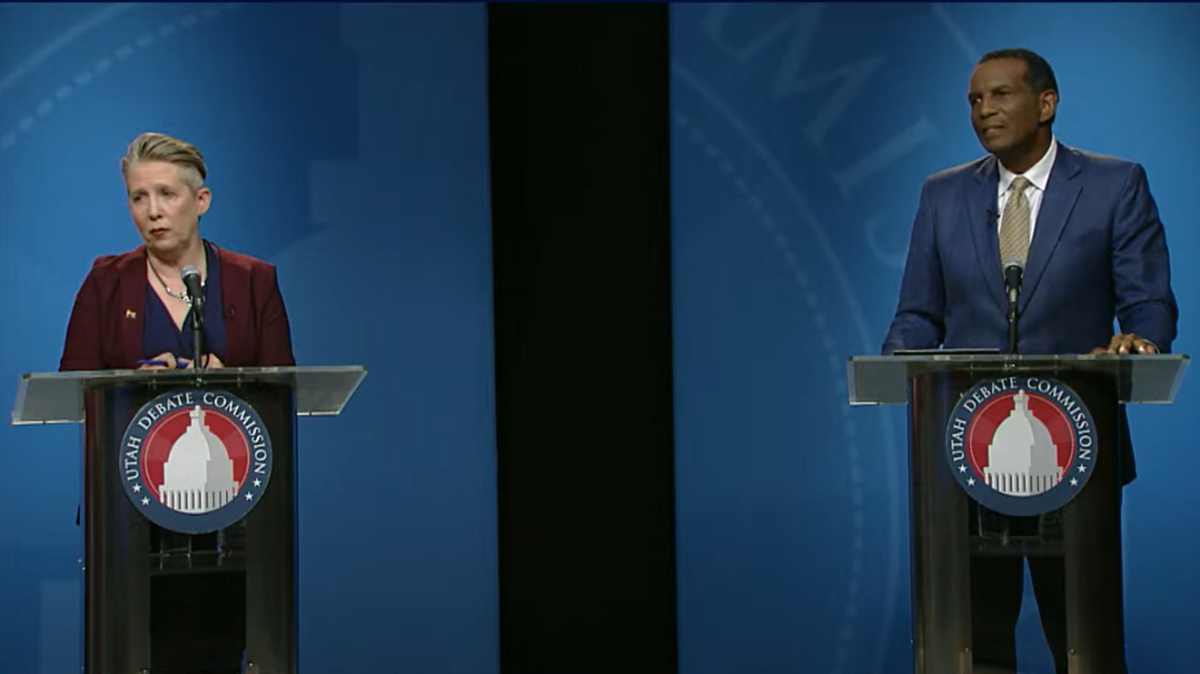The Resurgence of Bimbo Culture Empowers Hyperfemininity
September 28, 2021
Don your Juicy Couture tracksuits and butterfly clips: bimbo culture is back and better than ever before.
What is a Bimbo?
Bimbo culture, or bimbofication, exemplifies the character type of “a conventionally attractive, sexualized, naive, and unintelligent woman.”
Bimbos are a well-understood stereotype that was particularly predominant in the early 2000s with the Y2K cultural era. Celebrities such as Paris Hilton and Nicole Richie from the iconic “A Simple Life” assume the throne of bimbo royalty, but bimbos exist across all forms of media. Elle Woods from “Legally Blonde” is an outstanding bimbo from film media, as well as Marilyn Monore’s character Lorelei Lee from “Gentlemen Prefer Blondes” as a bimbo caricature in the 1950s.
Needless to say, bimbo culture has been around for a while, making its resurgence exciting.
The bimbo character is marked by a few key attributes — hyperfemininity, high standards and ditziness. The old bimbo emphasizes beauty over brains, but in its 2021 resurgence, we see a welcome transformation.
Ditzy to Dominant
The recent resurgence of Y2K fashion and bimbofication has taken on new meaning, with a particular emphasis on femme empowerment and financial success.
Contradictory to the original realm of early 2000s Paris Hilton, modern bimbos aren’t financially stable because of a “daddy” figure, but rather through hard-earned money often by exploiting men and sometimes through sex work.
Don’t be fooled — this new wave of bimbos exist outside of the capitalist need for productivity and male validation, with an emphasis on anti-capitalist ideals regardless of profit-seeking notions. This is because modern bimbofication transforms the male gaze into a profit-seeking mechanism out of spite by utilizing femininity in a self-empowering manner. No longer do we see second-wave feminist helplessness in hyperfemininity, but rather brute strength and cunning charm.
Billie Eilish’s June 2021 Vogue cover shoot is a prime example of this dominating power. In the shoot, Eilish sports vintage lingerie, latex tights and diamonds while staring directly into the camera lens. Eilish is present and powerful, her energy boosts her own aura rather than providing pleasure for observers. She is the subject on the cover rather than an object, and her hyperfemininity is strengthening, not inviting.
Femininity and Intersectionality
Being femme is as important in the resurgence as it was before, where being a bimbo was inherently female with exceptions for the masculine, gendered counterpart of the “himbo.” However, current bimbo culture has thrust past the confinements of the binary. There is no bigger proponent of this than TikTok’s @chrissychlapecka, our favorite pink-haired bimbo who preaches that bimbofication is a state of mind and one accessible to everyone.
Chlapecka is a mastermind behind the bimbo resurgence and is famous for telling viewers to wear and be whatever they want regardless of gender and societal expectation. They bring intersectionality into being a bimbo and stress the empowerment behind the aesthetic’s performance. Often in systems of hyperfemininity we can see gender exclusion, but not in modern bimbo times. Bimbos help bimbos, and support is the standard.
In an article for Mashable India, gender studies professor at Washington State University Jaime Hough comments, “This new wave of bimbofication is this idea that this is about self-love and self-pleasure. Anything that gets in the way of that, like traditional educational values or capitalist values, isn’t worth it.”
Like Hough identifies, the new generation of bimbos are entirely self-actualized and self-reliant, making a feminine quality that was seen in a negative light both positive and powerful.








